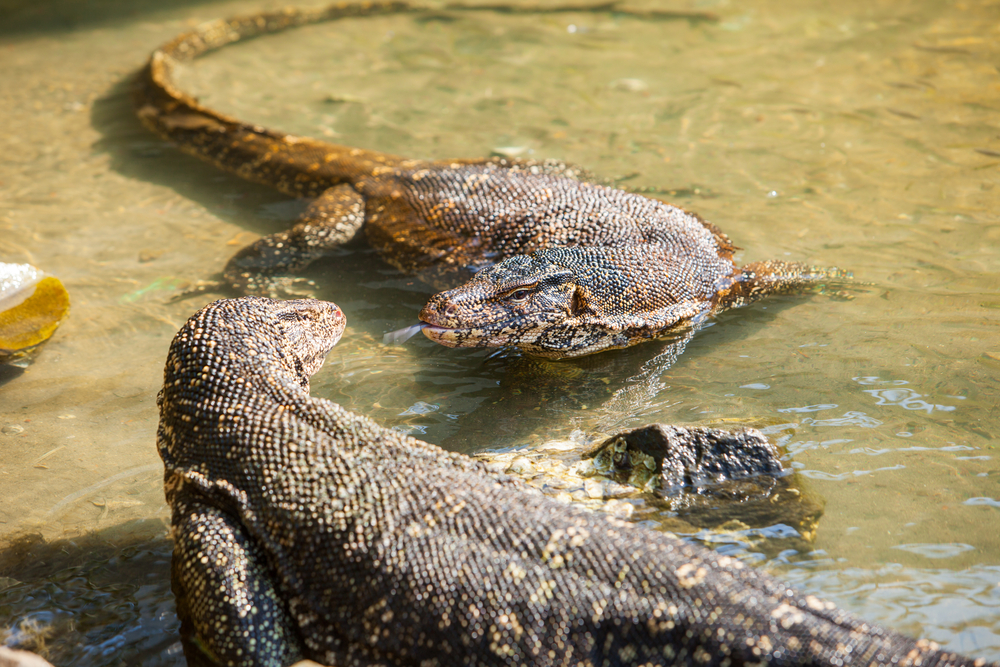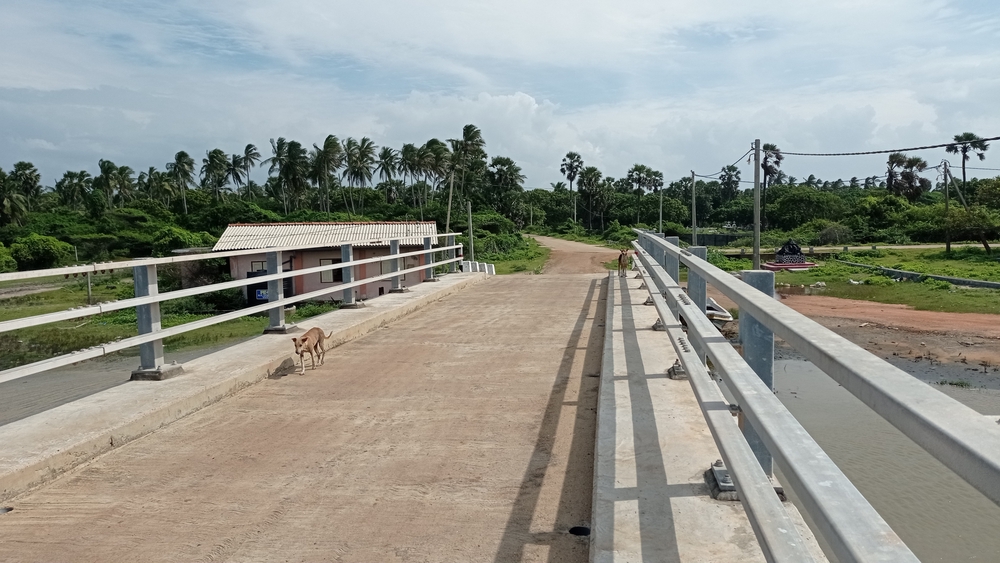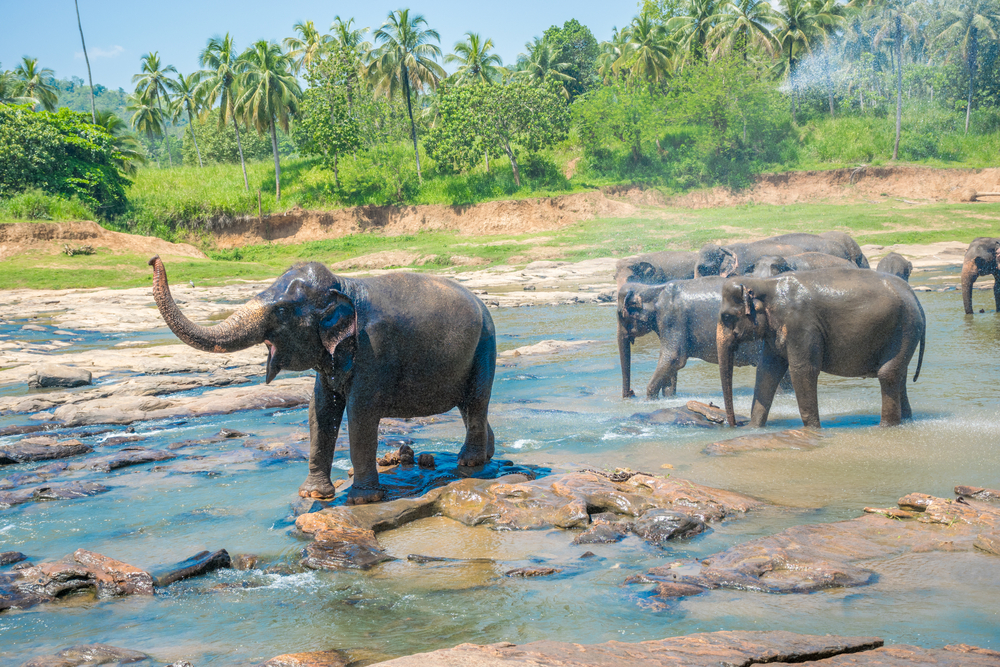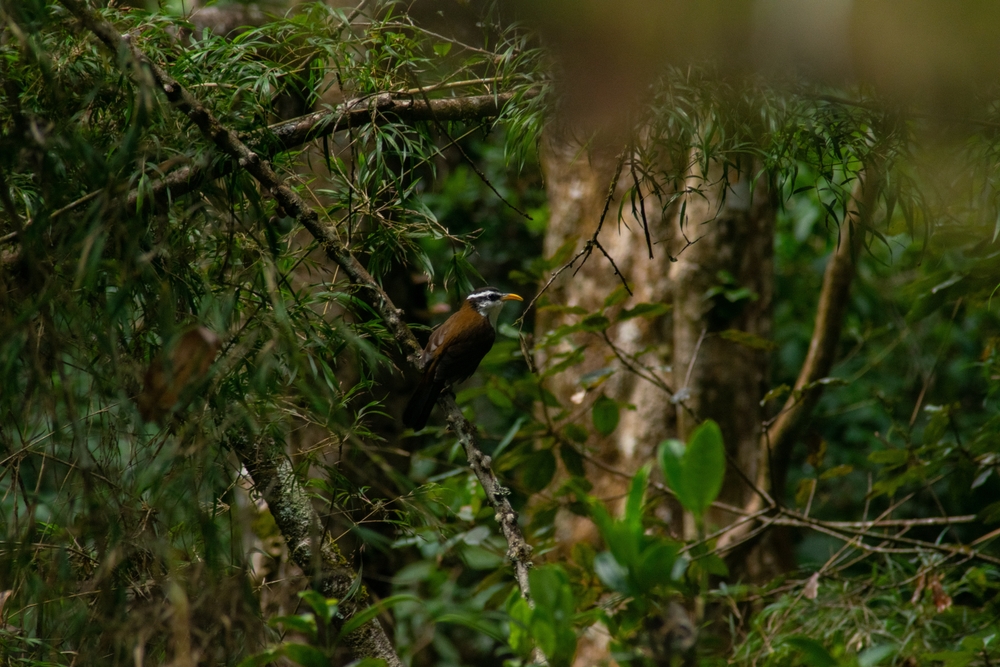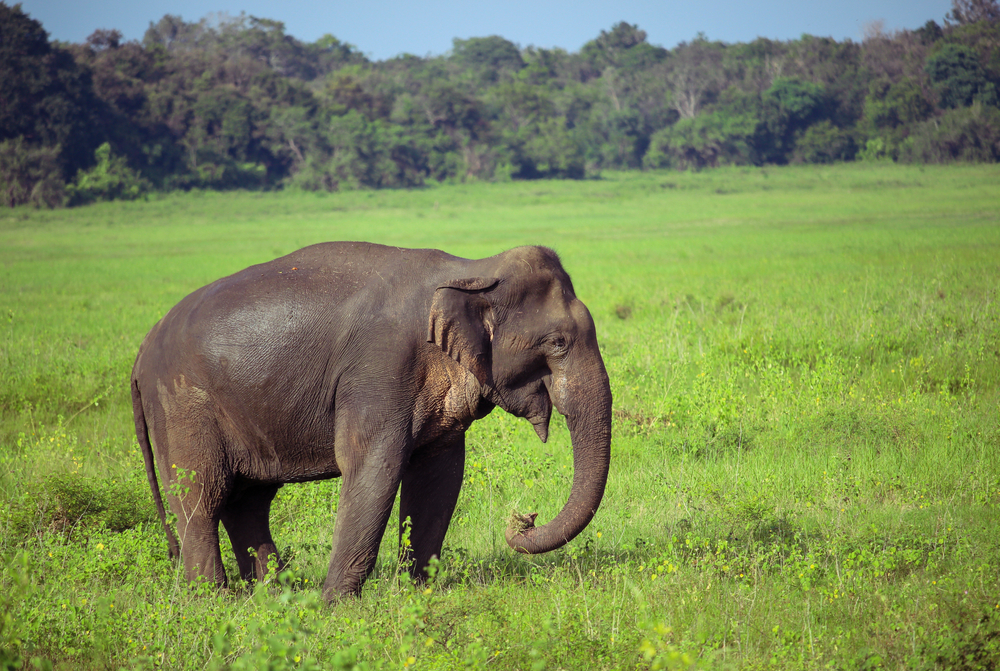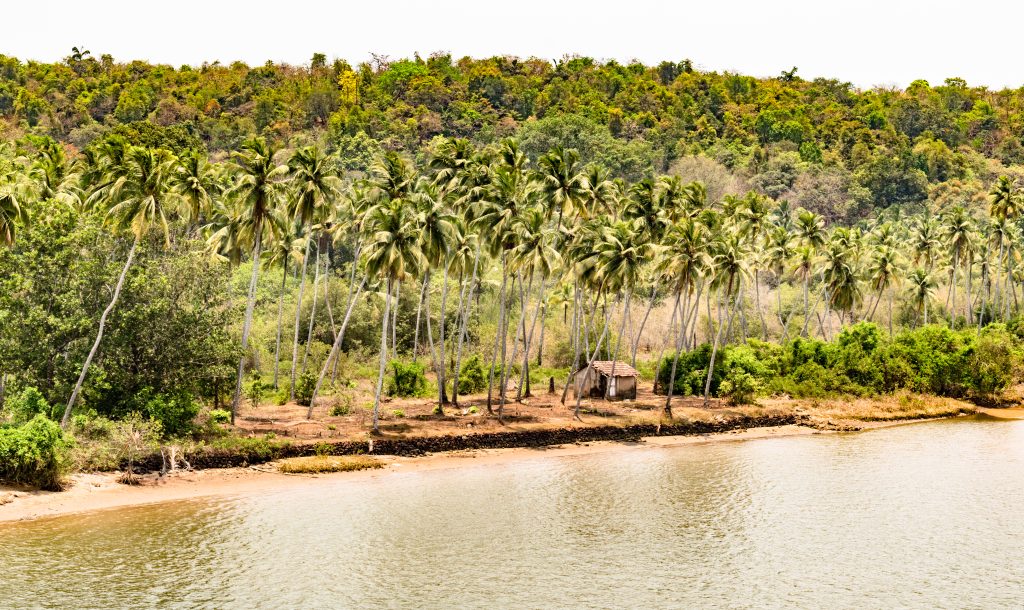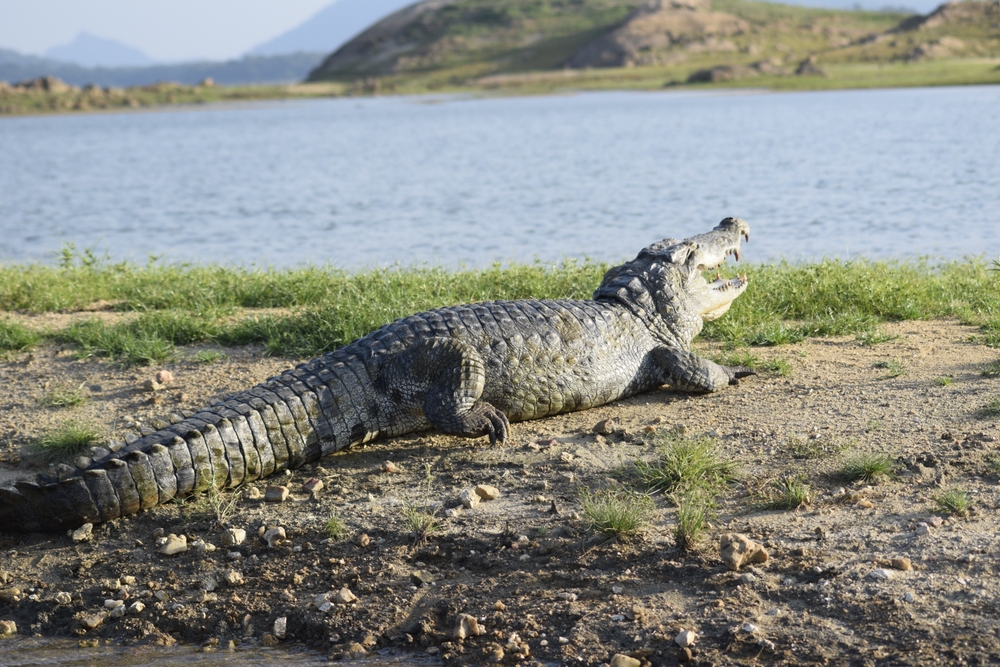Hikkaduwa Overview
Hikkaduwa National Park, locally known as හික්කඩුව ජාතික උයන (Hikkaduwa Jathika Uyana), is a captivating marine sanctuary located along the southern coast of Sri Lanka in the Galle District. Spanning an area of approximately 4.4 square miles (11.33 square kilometers), this national park is among Sri Lanka’s smallest but most ecologically significant protected areas. Established to conserve the region’s vibrant coral reefs and diverse marine ecosystems, Hikkaduwa National Park is part of the country’s commitment to sustainable coastal and marine resource management.
The terrain of Hikkaduwa National Park is predominantly submerged, featuring a rich seascape of coral reefs, sandy seabeds, and shallow lagoons. The coral reefs here are renowned for their spectacular beauty and biodiversity, with species such as brain corals, staghorn corals, and star corals forming the backbone of the ecosystem. On land, the coastal fringes of the park are lined with sandy beaches, swaying coconut palms, and mangroves that provide vital habitat for coastal flora and fauna.
The wildlife of Hikkaduwa National Park is largely marine and includes a mesmerizing array of species. Visitors may encounter over 60 species of colorful reef fish, including parrotfish, butterflyfish, and angel fish, as well as larger marine creatures like hawksbill turtles, green sea turtles, and the occasional reef shark. The park is also a haven for birdwatchers, as its coastal location attracts seabirds like herons, terns, and sandpipers. The mangroves and lagoons are home to crustaceans, mollusks, and other invertebrates that are crucial to the park’s food web.
One of the most popular features of the park is its vibrant coral reef, which draws snorkelers and divers from around the world. The glass-bottom boat tours are another favorite activity, offering a unique way to observe the marine life and coral formations without getting wet. Hikkaduwa Beach, which borders the park, is a hub for relaxation and exploration, providing opportunities for swimming, sunbathing, and photography. The area also has a rich cultural history, with nearby temples and traditional fishing villages adding depth to the visitor experience.
Visitors to Hikkaduwa National Park can engage with its wonders through activities like snorkeling, scuba diving, and glass-bottom boat rides. These activities allow for close encounters with the park’s vibrant marine life and help foster a deeper appreciation for the underwater ecosystem. Local guides and conservation programs often provide insights into the ecological importance of the reef and the challenges it faces.
Conservation efforts in Hikkaduwa have achieved notable successes but continue to face challenges. Initiatives to protect the coral reef have helped restore some areas damaged by past human activities and natural disasters, such as the 2004 tsunami. However, threats from overfishing, unregulated tourism, and coral bleaching due to climate change remain pressing issues. The park’s management, in collaboration with local and international organizations, works tirelessly to promote sustainable tourism and educate visitors on the importance of marine conservation.








































































